News
Understanding Solana's Ecosystem: DeFi, NFTs, and Gaming Projects
ChainPlay
•
an hour ago
Share :
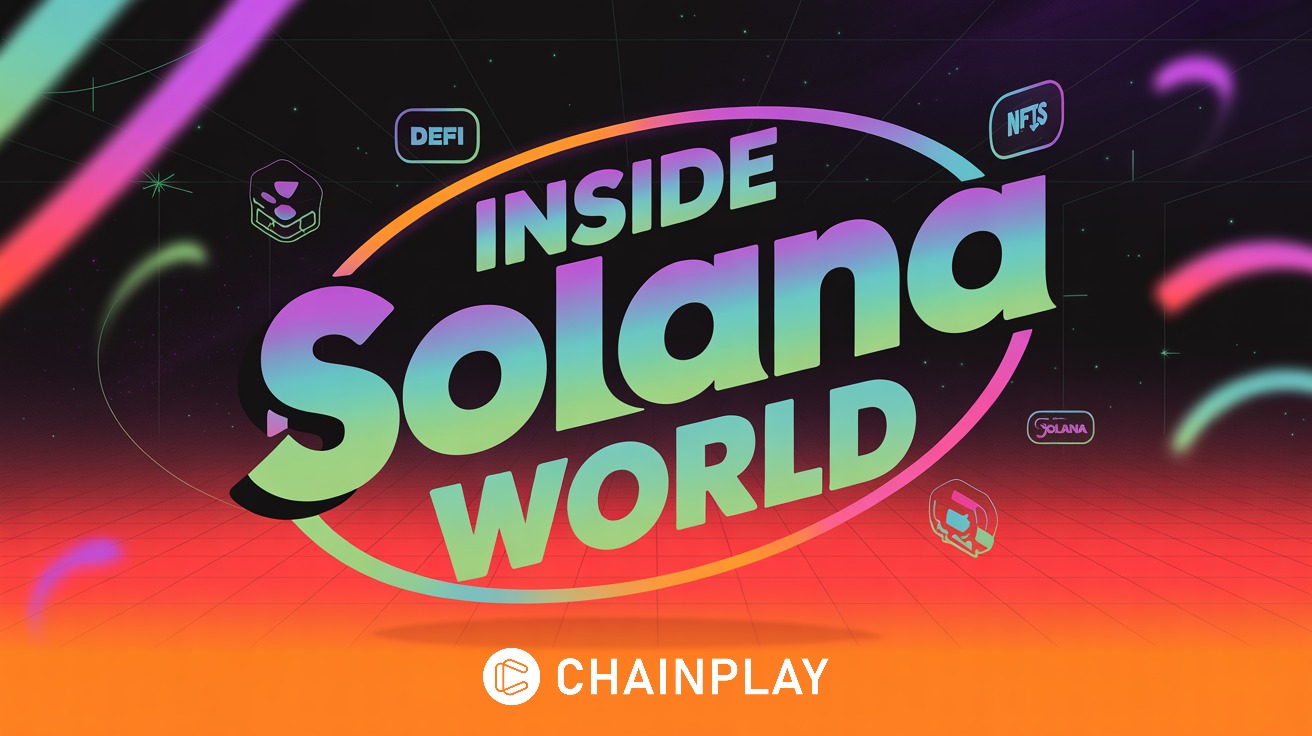
I watched Ethereum DeFi explode from the sidelines. Not because I didn't understand it. Because I couldn't afford to participate. Wanting to lend $500 but needing $150 in gas fees? That math never worked for normal people like me.
Then I tried Solana. Swapped tokens for $0.00025. Not a typo. Quarter of a penny. Suddenly DeFi wasn't just for whales anymore. Getting started was simpler than I expected - services like MoonPay made buying Solana straightforward, no exchange gymnastics required.
Why Everyone's Suddenly Talking About Solana
Solana processes 65,000 transactions per second. Ethereum does 15. This isn't a small improvement. It's a different universe of possibilities.
But speed means nothing if the network's empty. For years, Solana was fast like a Ferrari on an empty highway. Impressive but pointless. That changed in 2024 when developers realized they could build things that were impossible elsewhere.
Games that actually play like games. NFT mints that don't cost more than the NFT. DeFi protocols where you can test strategies with $20 instead of $2,000.
The Technical Stuff That Actually Matters
Proof of History sounds complicated. Here's what you need to know. Instead of waiting for all validators to agree (like Ethereum), Solana timestamps everything cryptographically. Validators can verify the order of events without talking to each other constantly.
Think of it like this. Ethereum is a group project where everyone needs to approve each step. Solana is everyone working independently but with synchronized watches. Way faster.
The trade-off? Solana needs beefier hardware to run nodes. This bothers some decentralization purists. But for users who just want stuff to work, it's irrelevant.
DeFi Without the Trust Fund
Jupiter aggregates every DEX on Solana. You swap tokens, it finds the best rate across all exchanges automatically. The beautiful part? This complex routing costs the same $0.00025.
On Ethereum, just checking prices across DEXs could cost $20. Actually executing a complex route? Forget it. On Solana, I route trades through five different pools to save 0.5% and it still costs less than a penny.
Marinade Finance lets you stake SOL liquidity. Sounds fancy but it's dead simple. Stake your SOL, get mSOL, use that mSOL in DeFi while still earning staking rewards. On other chains, this kind of efficiency is theoretical. On Solana, I'm actually doing it.
Real Lending Without the Nonsense
Kamino Finance changed how I think about lending. Deposit USDC, borrow against it, redeposit, borrow again. Looping strategies that would cost hundreds on Ethereum cost cents on Solana.
Small players can experiment with strategies previously reserved for institutions. I tested ten different yield strategies last week. Total cost? About $0.03. Try that on Ethereum.
Actually Getting Your Hands on SOL
The hardest part isn't understanding Solana. It's getting SOL in your wallet to start. You need SOL for transaction fees, even though they're tiny. Classic chicken-and-egg problem.
Most people buy Solana through MoonPay or similar on-ramps because it's direct. No need to buy on an exchange, wait for withdrawal approvals, then transfer. Credit card to wallet in minutes.
The Wallet Wars Nobody Mentions
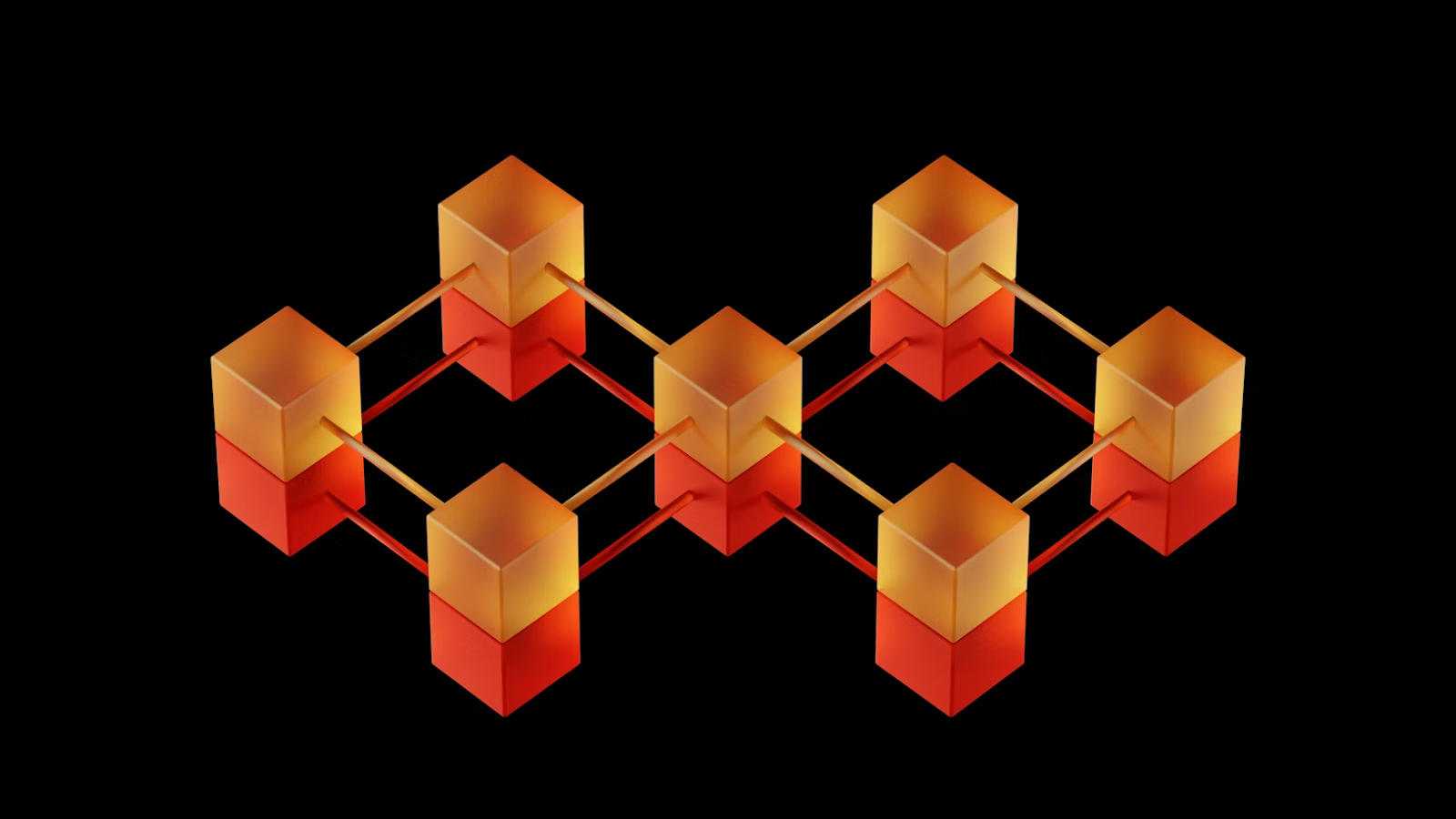
Phantom dominated for years but now there's actual competition. Backpack, Solflare, even Exodus added Solana support. Each has different features that matter more than you'd think.
Phantom's great for beginners. Backpack's built by the Mad Lads NFT team and shows it. Everything's slick but sometimes too clever. I keep three wallets because some dApps work better with specific ones. Annoying but reality.
Never store everything in one hot wallet anyway. Hardware wallet for holdings, hot wallet for playing. I learned this lesson the expensive way.
NFTs That Do Something
Forget profile pictures. Solana NFTs are becoming actual utility tools. DRiP sends free NFTs from artists daily. Not valuable monetarily but it's onboarding millions to Web3 without them realizing it.
Compressed NFTs changed everything. Minting a million NFTs costs about $100. Game developers can give every player unique items without going bankrupt. Crossmint minted 15 million NFTs for enterprise clients last month. Try that on any other chain.
The creator royalty drama's mostly settled. Most marketplaces honor them, creators get paid, life goes on. Magic Eden and Tensor compete on features now, not on screwing artists.
Gaming Where Transactions Disappear
Star Atlas promised the universe but delivered a loading screen. Let's be honest about what works and what doesn't. The ambitious MMOs aren't there yet.
But smaller games? Aurory's actually fun. BR1 Infinite's a battle royale that plays like a battle royale, not a blockchain demo. The transactions happen invisibly in the background. Players don't know or care they're using blockchain. Though if you're serious about competitive play, you'll still want a proper gaming computer laptop – blockchain or not, frames per second still matter.
Mobile gaming on Solana makes sense in ways PC gaming doesn't. Phones already have secure elements for payments. Adding wallet functionality feels natural. Sonic SVM launching as Solana's gaming chain shows where things are headed.
The Stuff That Still Sucks
Network congestion happens. Not Ethereum-level bad, but transactions fail during hot mints. The team keeps promising fixes. Some work, some don't.
The ecosystem's young and it shows. Protocols get exploited, not hacked, exploited. Meaning the code worked as written but someone found a loophole. Your funds are probably safe in major protocols but weird stuff happens weekly.
MEV bots are everywhere. That perfect trade you planned? A bot probably sandwiched it. Not unique to Solana but annoying when you're trying to grab that token launch.
The Multi-Chain Reality
Nobody uses just one chain anymore. I've got assets on Ethereum, Arbitrum, Solana, and Base. Each does something better than the others.
Solana's becoming the execution layer while Ethereum remains the settlement layer. Big money stays on Ethereum. Active trading happens on Solana. It's not competition anymore, it's specialization.
Where This Goes Next
Solana's betting everything on consumer applications. Not financial engineering for finance bros. Actual products normal people might use without knowing it's crypto.
State compression, token extensions, and native USDC are boring technical improvements that enable exciting products. We're past the infrastructure phase. Now it's about building things people want.
The ecosystem's weird, chaotic, and occasionally brilliant. That's exactly why it might work.
Share this article
#Other
#Solana
Latest News

Understanding Solana's Ecosystem: DeFi, NFTs, and Gaming
an hour ago
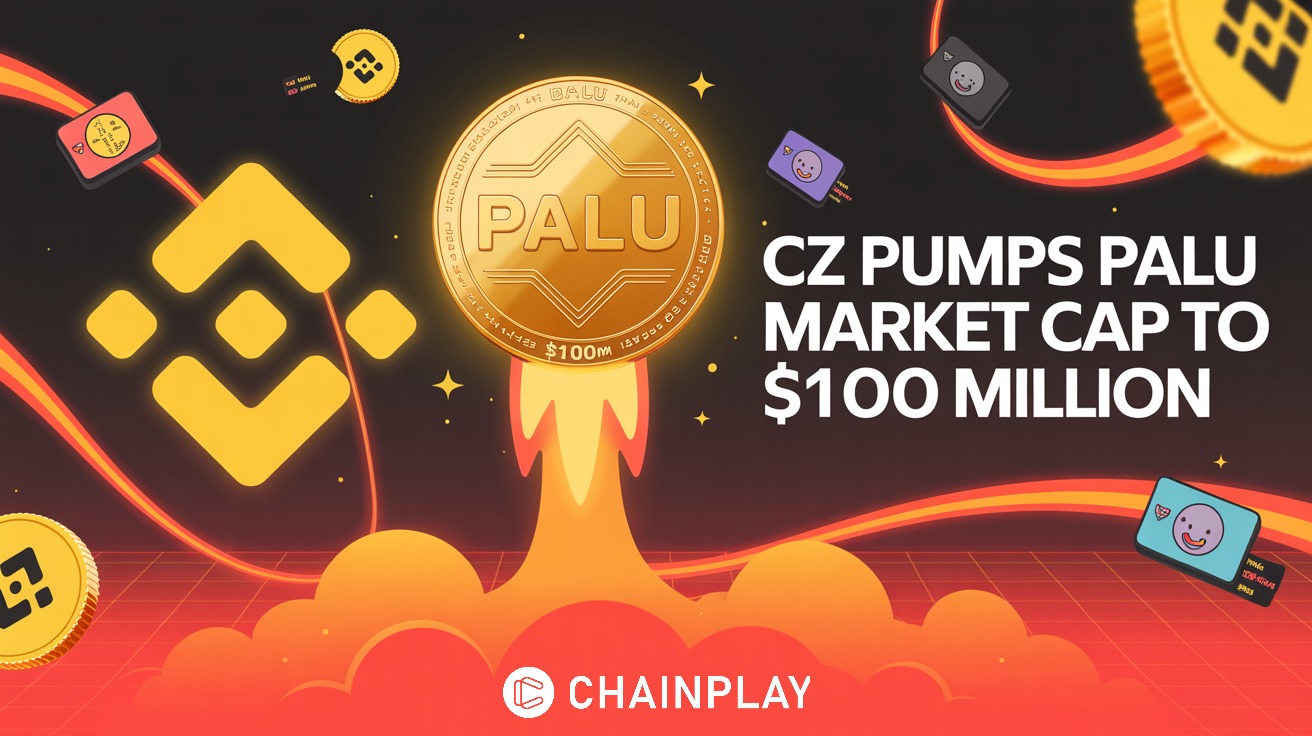
PALU Surges To $100 Million in Market Cap Amidst CZ's
7 hours ago
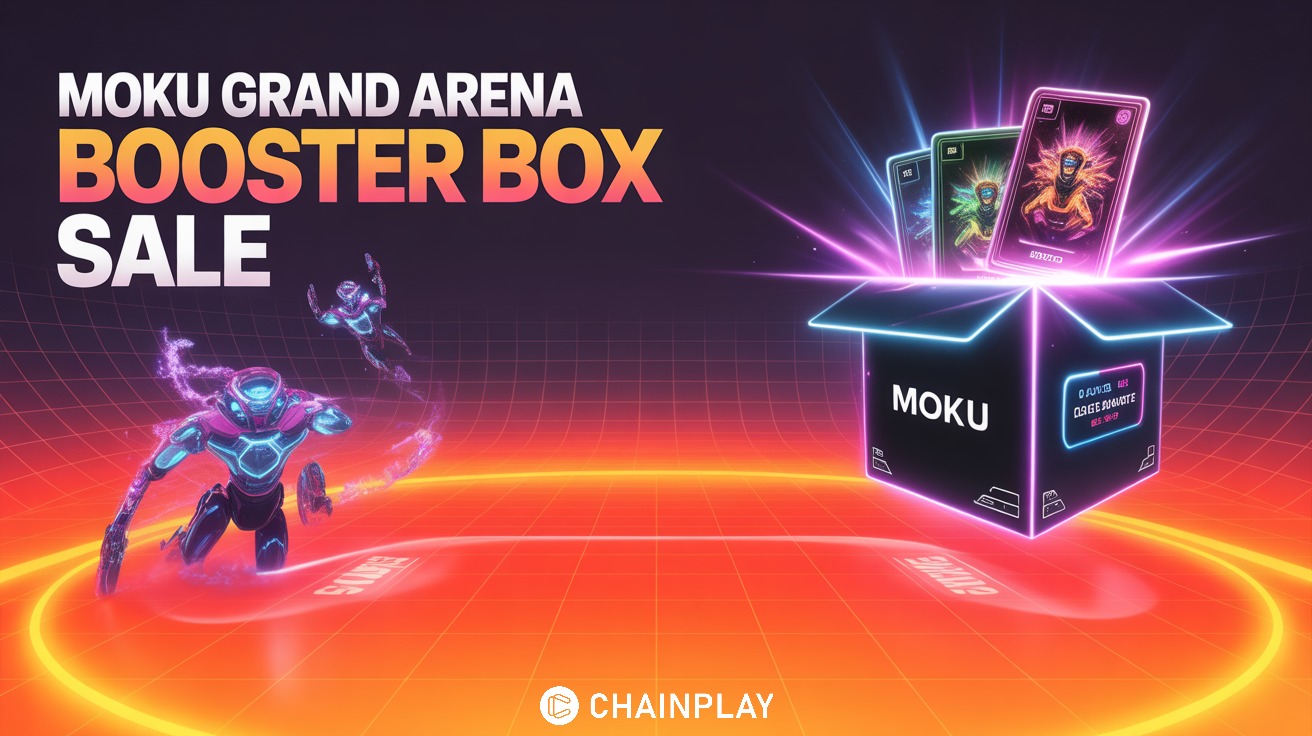
Moku Launches Grand Arena Booster Box Sale on Ronin
11 hours ago
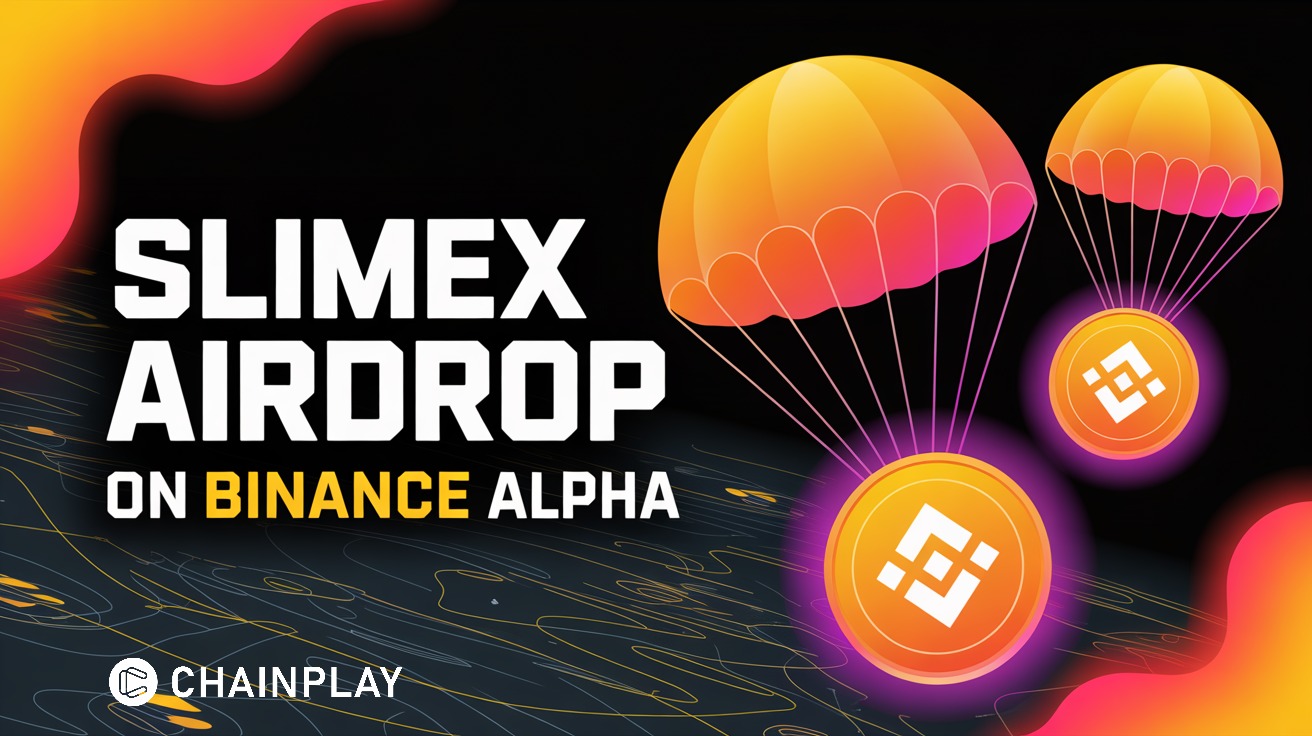
Binance Announces Alpha Launch and Exclusive Airdrop
18 hours ago
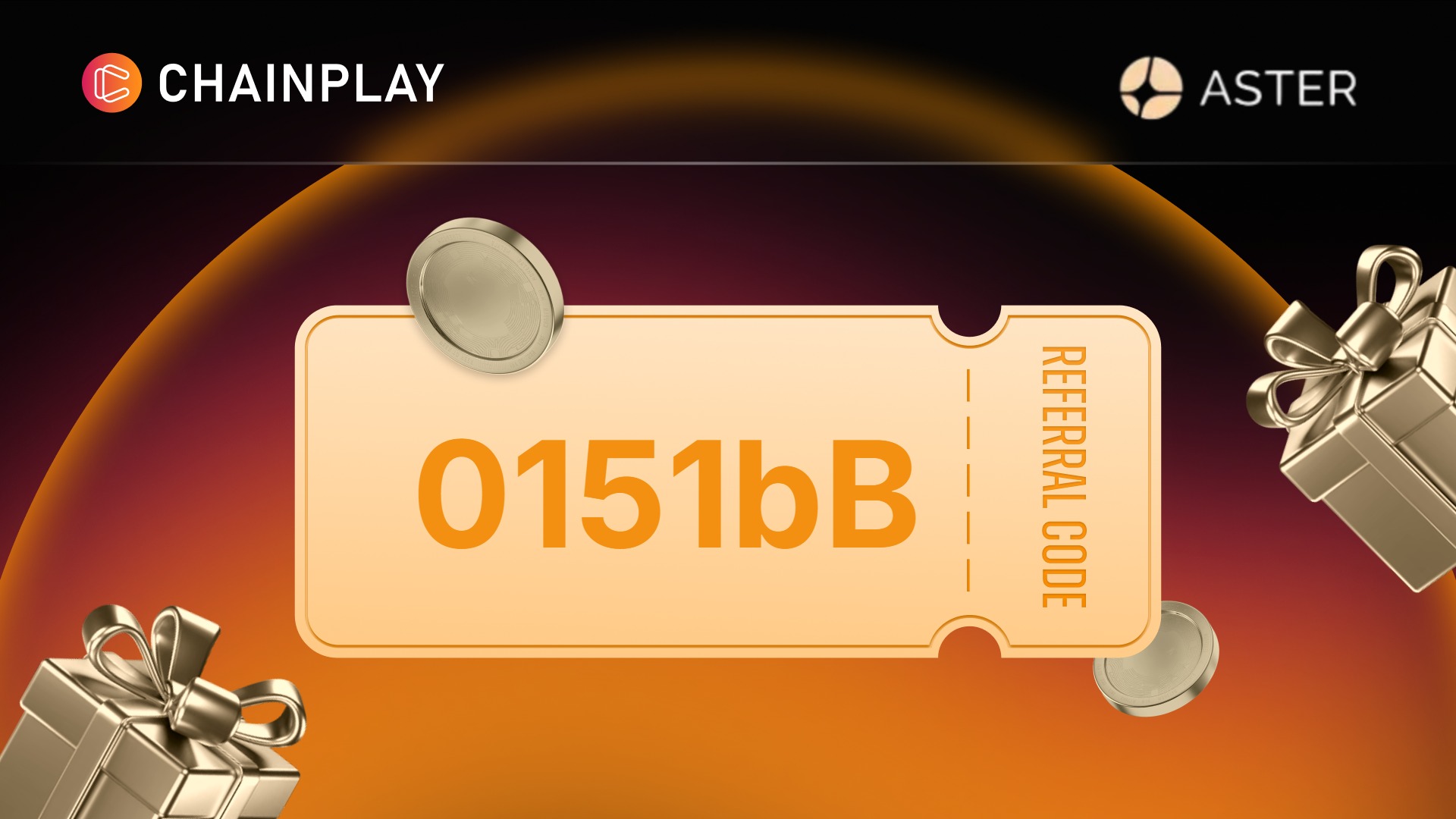
Aster DEX Referral Code Oct 2025: 0151bB (10% Trading
yesterday
Related articles

Binance will be the first platform to feature SlimeX (SLX), a new L2-first blockchain token, on its Binance Alpha platform starting October 8. Users who have accumulated Alpha Points will be able to claim an exclusive SLX Airdrop when trading opens.
ChainPlay
•
18 hours ago

Join Moku’s Grand Arena Booster Box Sale on Ronin, Oct 8–14. Win cards, Moki NFTs, and rewards in this AI-powered web3 gaming event.
ChainPlay
•
11 hours ago

The PALU meme token on the BNB Chain has experienced a parabolic surge, skyrocketing to a $100 million market capitalization. This monumental rise is attributed to a subtle endorsement from Binance founder Changpeng "CZ" Zhao, igniting the latest "BNB Meme SZN" frenzy.
ChainPlay
•
7 hours ago



